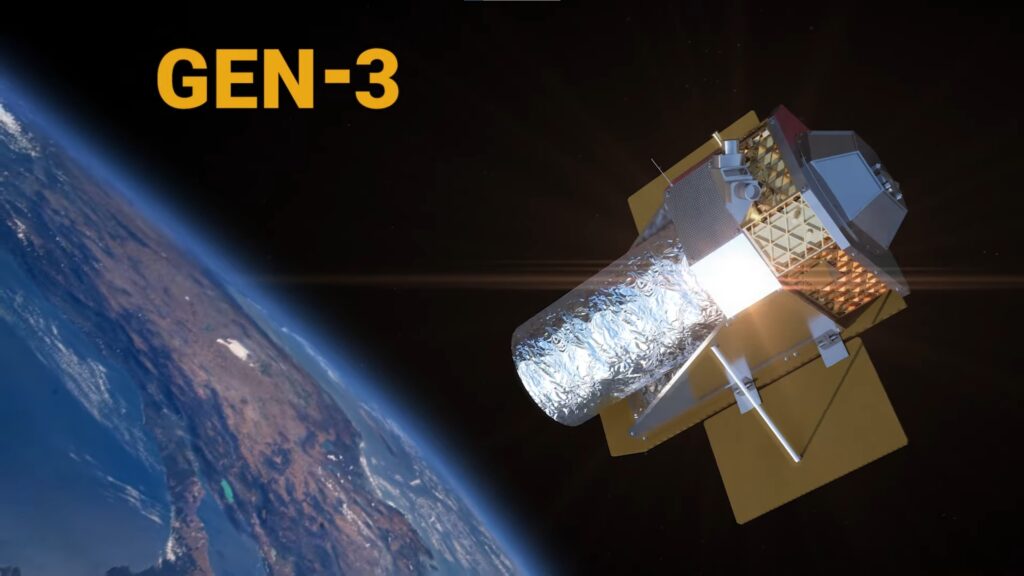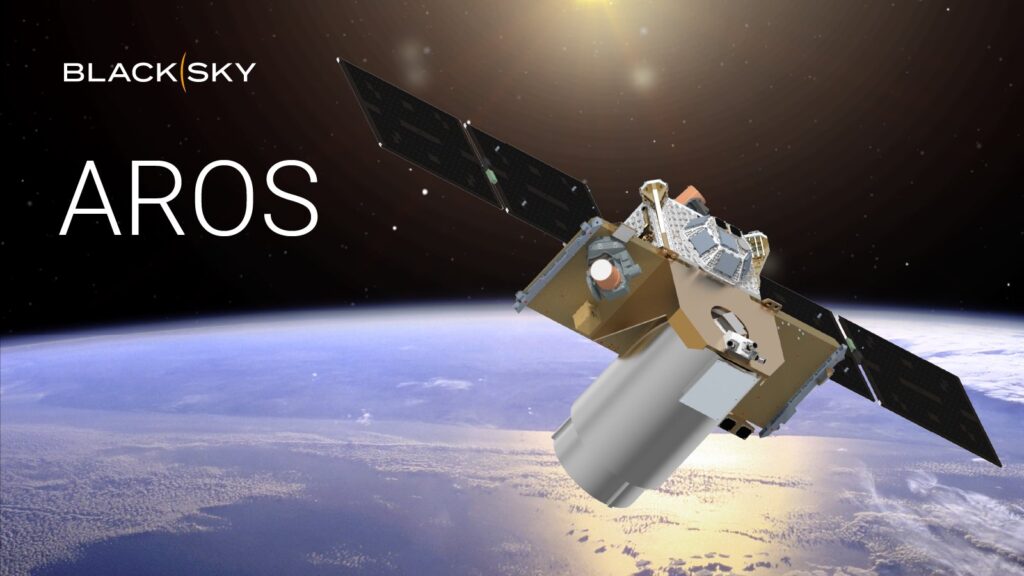BlackSky Announces AROS High-cadence Wide Area Search Satellite Constellation
On June 16, BlackSky revealed its plan to augment their existing Gen 3 optical imagery constellation with a new family of satellites called AROS. While Gen 3 is focused on providing high resolution images of specific points AROS is built around doing the opposite, imaging wide areas using multispectral sensors. This imagery would be useful for creating 3D digital maps or searching large areas with the press release specifically mentioning “country or region-scale” collection.
BlackSky’s expertise in utilizing AI to interpret satellite imagery allow for some interesting opportunities with this hybrid constellation. The first is change detection for “dynamic tipping and cueing”. Essentially the wide area images are fed through the AI which detects any changes between photo passes. It can be as simple as a few pixels changing and with multispectral sensors this can include infrared signatures. Once a change is detected the AI can then cue the high-resolution Gen 3 satellites or others to get a closer look for identification. This is similar to how acquisition and fire control radars work in conjunction but this is all done passively without the target being aware it has been detected.

The BlackSky press release specifically mentions that this tip-cueing system is useful for maritime surveillance as well as “Golden Dome type applications”. A critical part of the Golden Dome is the Custody Layer which is intended to detect missile launchers before they fire. This enables launchers to be attacked before they fire like operations which are being conducted by Israel in Iran. Alternatively before a conflict starts this information can be used to judge an adversaries intent and avoid surprise attacks.
The rapidly updated maps are also useful for feeding navigation systems similar to the Digital Scene Matching Area Correlator (DSMAC) seen on the Tomahawk cruise missile which uses a camera to match observed terrain with an onboard map.
BlackSky intends to launch the satellite no earlier than 2027 and will be manufacturing the satellites in-house thanks to its acquisition of LeoStella. This vertical integration drives down costs and shortens development cycles allowing for a more economical solution than traditional contractors.

